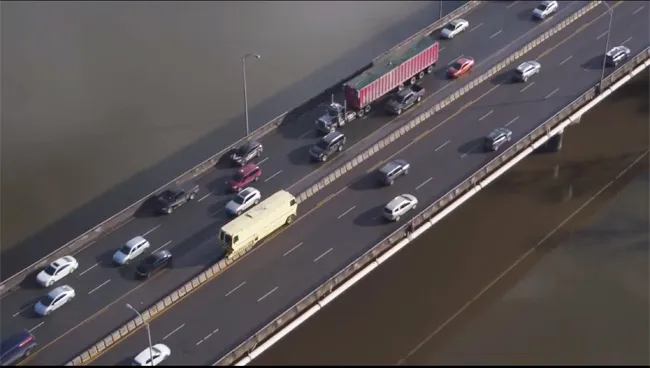
The companies said that their partnership supports the Federal Highway Administration’s (FHWA) Smarter Work Zone campaign to reduce traffic congestion and improve safety in work zones using intelligent transportation systems.
There were 799 workzone-related fatalities in the US in 2017 – up 4.5% from their previous three-year average of 764, according to the National Workzone Safety Information Clearinghouse.
The announcement coincides with the FHWA-sponsored National Workzone Awareness Week, which is held annually at the start of construction season to encourage safe driving through highway work zones.
The partnership will apply Lindsay’s Road Zipper system, a lane management solution, and Iteris’ analytics and visualization SaaS platform iPeMS to improve mobility during construction. Lindsay says that its Road Zipper increases capacity and reduce congestion by making more efficient use of new or existing roadways.
By using Iteris’ iPeMS, an analytics and visualisation platform, it is possible to identify areas prone to recurring congestion and potential work zone safety risks. The Road Zipper can then be deployed in these problem areas to accelerate construction projects, improve traffic flow and help safeguard work crews and motorists by separating work areas and traffic.
“By proactively identifying congestion issues, our customers will be able to address these concerns efficiently and with a focus on ultimately mitigating the rising number of workzone-related fatalities,” said Scott Marion, president of infrastructure at Lindsay.
“This partnership reinforces our commitment to the use of advanced technology and sophisticated data analytics to make the nation’s roadways safer,” said Ramin Massoumi, senior vice president of transportation systems at Iteris.








